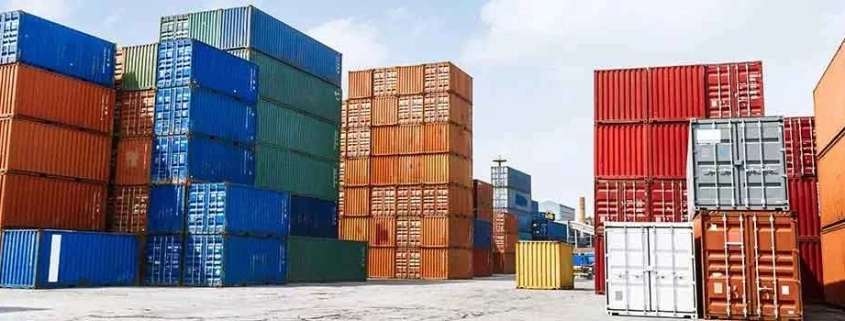Dangers of Phosphine Gas Fumigation
What is phosphine?
Phosphine (PH3) is a gas composed of phosphorus hydride (its official and international name is phosphane). PH3 is a colorless, flammable and very toxic gas with a fishy or garlic odor. Phosphine acts on the central nervous system and lungs, causing pulmonary edema. Symptoms such as weakness, vomiting, headache, and chest tightness may occur rapidly after exposure. Exposure to high concentrations of phosphine – even short-term – can lead to chronic neurological problems, so people who work with or are around phosphine should be extremely careful. Therefore, industries working with this toxic substance must have a detector to avoid risks, such as the SI-H100 gas detector with integrated sampling pump.
What is phosphine gas fumigation?
Fumigation is a technical process that consists in spraying a gas in a closed cabinet (barrel, skid, crate, container) to destroy pests (mostly living organisms (bugs, beetles, moth, rodents…)); The most commonly used gas is phosphine.
This method is mandatory for international shipping, for example, to prevent bacteriological contaminations or the introduction of animals or insects from one continent to another. The only gases authorized by FAO are hydrogen phosphide or phosphine (PH3) and methyl bromide (CH3 Br).
What are the dangers of PH3 exposure?
Phosphine is very dangerous for humans. For example, in 2010, two dock workers in the Netherlands were seriously poisoned while unloading a container from China containing a high concentration of toxic gas, and one of them was in a coma for 5 days.
How to detect phosphine gas and how to protect it?
Persons who may be in contact with PH3, such as warehouse workers or customs officers, should be systematically equipped with a PH3 phosphine gas detector as personal protective equipment. Additionally, people working in confined spaces potentially contaminated with phosphine or working with this gas are strongly recommended to wear a gas mask with a type B cartridge adapted for phosphine filtration.
In conclusion, phosphine gas fumigation is a delicate process that is often necessary for workers but involves real dangers and must be carried out with extreme caution!



